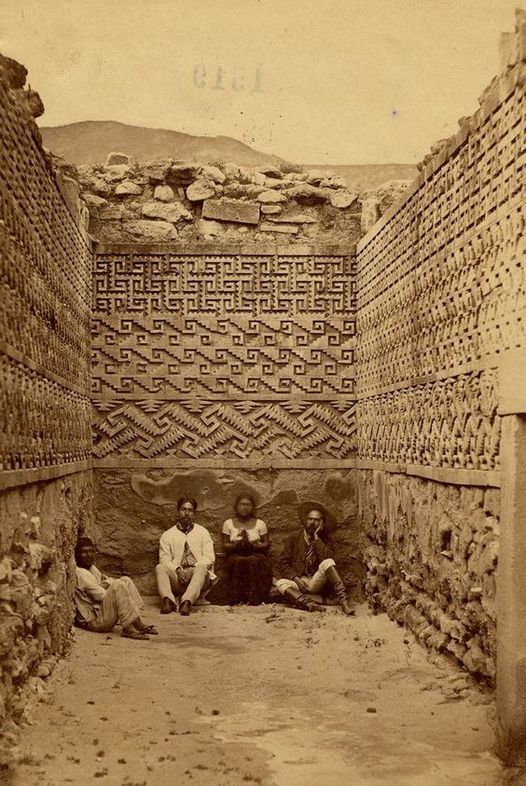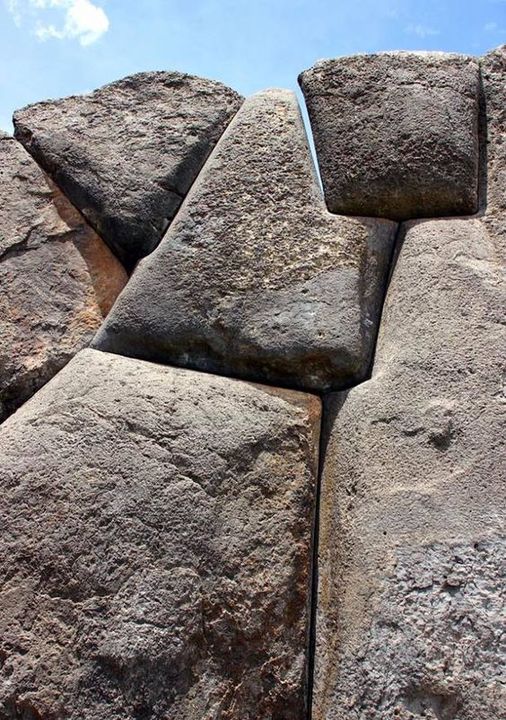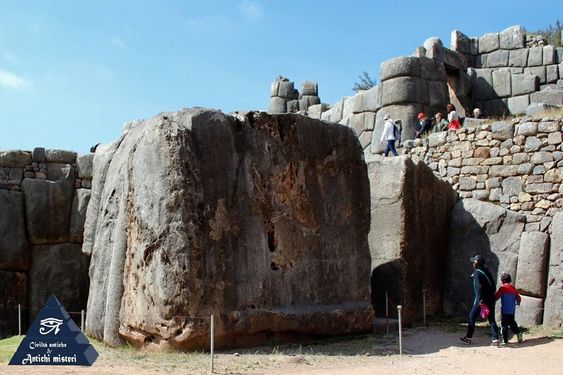The Pythagorean Theorem—a fundamental principle in mathematics—is often attributed to the ancient Greek philosopher Pythagoras. However, recent archaeological discoveries have shed new light on the origins of this theorem, revealing that it was known and utilized by ancient Babylonian mathematicians centuries before Pythagoras's time. Join me as we delve into the fascinating world of ancient mathematics, exploring the discovery of the Pythagorean Theorem on clay tablets dating back over 1,000 years before Pythagoras.
A Surprising Revelation: Pythagorean Mathematics in Babylon
While Pythagoras is renowned for his contributions to mathematics, it is now clear that he was not the originator of the famous theorem bearing his name. Recent excavations in Mesopotamia have unearthed clay tablets dating as far back as 1770 BCE, which contain mathematical calculations utilizing the principles of the Pythagorean Theorem. One such tablet, known as IM 67118, demonstrates the theorem's application in determining the length of a diagonal within a rectangle. This discovery challenges our traditional understanding of the history of mathematics and highlights the advanced knowledge possessed by ancient civilizations.

An Ancient Pedagogical Tool: Teaching Mathematics in Babylon
The presence of the Pythagorean Theorem on ancient Babylonian tablets suggests that mathematical education was highly developed in Mesopotamia. These tablets were likely used as teaching aids, providing practical examples of mathematical principles for students to study and learn from. Another tablet, dated to around 1800-1600 BCE, features a square with labeled triangles inside, further demonstrating the Babylonians' understanding of geometric concepts and their application in solving mathematical problems. The sophistication of these educational materials speaks to the importance placed on mathematical literacy in ancient Mesopotamian society.

Transcending Time and Culture: The Universality of Mathematical Principles
The discovery of the Pythagorean Theorem on Babylonian clay tablets underscores the universality of mathematical principles across different cultures and time periods. Despite the geographical and temporal distance separating ancient Mesopotamia from classical Greece, the fundamental truths of mathematics remained constant. This revelation challenges the Eurocentric narrative often associated with the history of mathematics and highlights the interconnectedness of human knowledge and discovery. It serves as a reminder that mathematical concepts transcend cultural boundaries and continue to shape our understanding of the world around us.

As we reflect on the discovery of the Pythagorean Theorem in ancient Mesopotamia, we are reminded of the profound impact of archaeological research on our understanding of human history and intellectual achievement. The revelation that mathematical principles predating Pythagoras were known and utilized by ancient Babylonian mathematicians reshapes our perception of the development of mathematics and underscores the importance of interdisciplinary collaboration in unraveling the mysteries of the past. Through continued exploration and excavation, archaeologists and mathematicians alike strive to uncover new insights into the origins and evolution of mathematical thought.
Archaeological Significance:
The discovery of the Pythagorean Theorem on ancient Babylonian clay tablets holds immense archaeological significance as it provides valuable insights into the mathematical knowledge and educational practices of ancient Mesopotamian civilization. By studying these artifacts, archaeologists gain a deeper understanding of the intellectual achievements of ancient societies and their contributions to the advancement of human knowledge. Through meticulous analysis and interpretation of these ancient texts, researchers continue to unravel the mysteries of the past and shed light on the interconnectedness of human cultures and civilizations. The Pythagorean Theorem serves as a testament to the enduring legacy of mathematical discovery and the timeless pursuit of knowledge by humanity throughout history.






